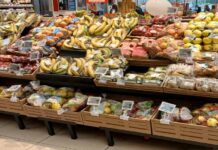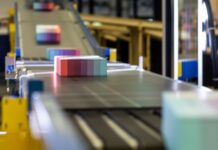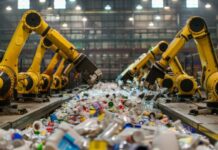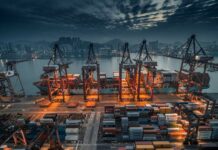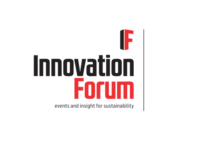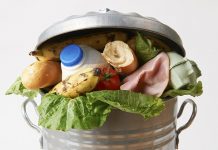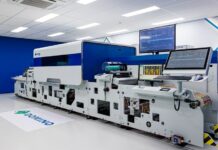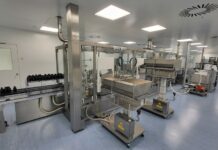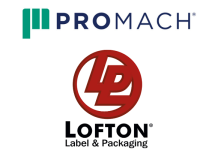In the pursuit of sustainability, packaging plays a crucial role, particularly in the food and beverage sectors. As environmental, social, and governance (ESG) criteria shape industry standards, understanding the balance between using resource-intensive materials and enhancing food preservation becomes essential.
Brian Hawkins, Product Manager at Fortis Solutions Group, sheds light on these complexities, discussing the future of packaging. He highlights the importance of protecting contents, noting that the environmental impact of wasted products is significantly greater than the effect of packaging materials. This underscores the challenge for brands to choose materials that ensure product safety and longevity without undue environmental cost.
Hawkins elaborates that brands must consider various factors, including material properties that protect the product from moisture, oxygen, and supply chain impacts. He emphasizes the significance of food safety and consumer preferences, pointing out that flexible packaging is popular among consumers for product freshness and storage.
Education is critical in advancing sustainable practices within the packaging industry. Hawkins mentions that the Flexible Packaging Association leads this initiative by providing outreach materials to packaging converters about the benefits of flexible packaging. This education helps customers and brands understand its advantages, such as requiring less energy to manufacture and transport, extending product shelf life, reducing waste, and minimizing food waste in landfills. These factors contribute to lowering greenhouse gas emissions within the industry.
Hawkins illustrates the efficiency of flexible packaging by comparing transportation requirements, stating that shipping an equivalent number of flexible packaging pouches requires only one truckload, whereas rigid containers need 24 times that amount.
Looking to the future, Hawkins expresses optimism about innovative packaging solutions enhancing ESG performance. He stresses that the shelf life provided by packaging is crucial in deterring food waste. Ongoing research and development focus on improving barrier properties while incorporating sustainable aspects into packaging materials.
Hawkins highlights the importance of communication in these advancements, suggesting that material converters will continue to emphasize packaging as a foundation for reducing carbon footprints. This approach involves not only developing new technologies but also ensuring that stakeholders understand the environmental benefits these innovations bring.
As the packaging industry navigates sustainability complexities, insights from experts like Brian Hawkins are invaluable. By balancing effective food preservation with reducing environmental impacts, the industry can make significant progress toward achieving its ESG goals. Ongoing education of consumers and industry stakeholders, along with the development of innovative packaging solutions, will play an important role in shaping a more sustainable future.





